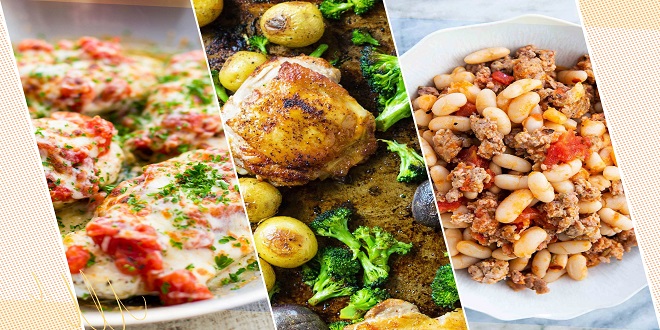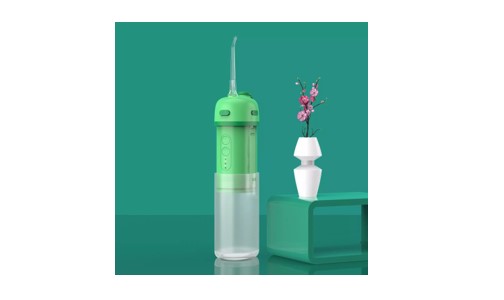Key Ingredients and Recipes

As computer programmers like to say about code, Garbage in, Garbage out the same goes for the ingredients we put into our meals. The first step in using the Mediterranean diet to increase your health is to first learn of what it’s composed of, and then using those ingredients in your daily meals.
Fruits and Vegetables
The Mediterranean region has volcanic soils and a 12-month growing season, so it is not surprising that the people of that area, on average, consume nine portions of fruits and vegetables every day. Mediterranean residents generally purchase their produce from farmers markets and produce stands. They also enjoy it when it’s most flavorful by consuming “in season” produce.
Vegetables provide the most antioxidants needed for health and longevity when they are heated and processed only minimally. Even more important, the variety of vegetables and fruits commonly consumed gives people who have trouble sticking to diets a higher chance of success due to the greater choices available.
In Addition to Mediterranean fruits and vegetables now consumed globally like oranges, grapes, and lemons, some of the key Mediterranean Fruits and Vegetables are
Renowned for their flavor since ancient times, artichokes are in fact flower buds from a type of thistle plant. It is not advisable to eat artichokes raw, since only a small part of each bud is edible. In fact, prepping raw artichokes takes even an experienced chef a great deal of time. When cooked, however the tender bottoms on the inside of the bud’s and the middle of the plant called the artichoke heart taste utterly divine.
If you purchase raw artichokes (which are usually much cheaper due to the amount of effort it takes to prepare them for cooking), avoid those with leaves that point away from the middle of the plant center, because they will be mostly inedible fiber. If you wish to savor a traditional artichoke recipe, bake some with butter. Sprinkle some olive oil and vinegar over the finished artichokes and enjoy. Of course, if you want a quick snack, pre-cooked artichokes can be substituted. They are commonly available in cans or jars at most supermarkets.
last word
A favorite across the entire Mediterranean region, the fig is a sweet fruit grown on the Ficus carica (fig tree). The Fig tree is a native to the Middle East but grows very well in the Mediterranean climate. Figs contain many antioxidants and are a good source of flavonoids and polyphenols. They are one of the highest plant sources of fiber and calcium, which promotes strong healthy bones.
Fresh figs do not have a very long shelf life. You will probably find dried figs or fig preserves more easily. If you are fortunate to find fresh figs try the ancient delicacy of dipping them in honey, or you might enjoy drizzling a little chocolate on them for a real burst of flavors.





